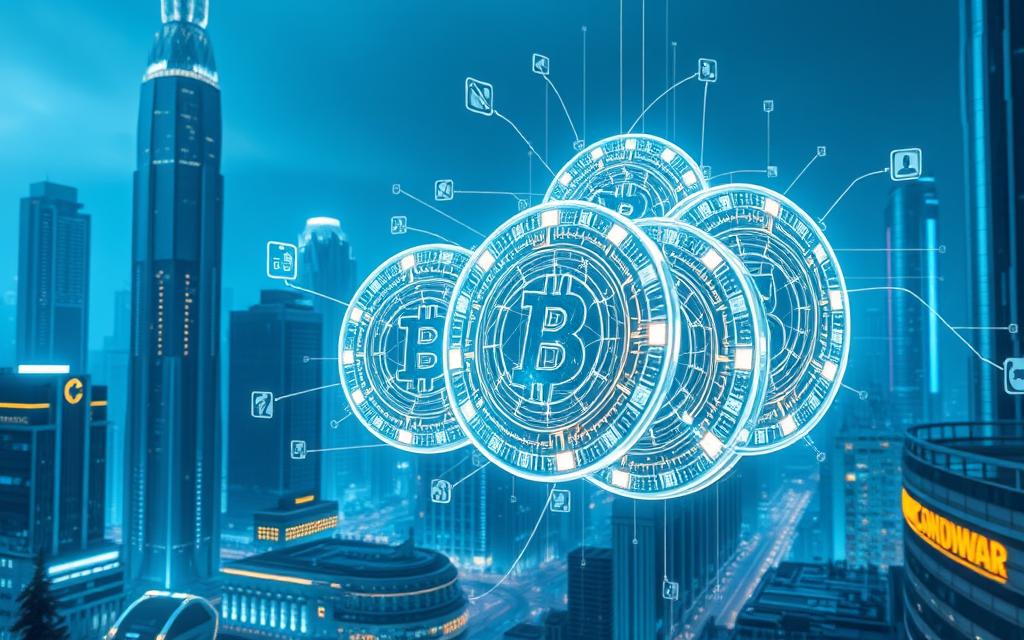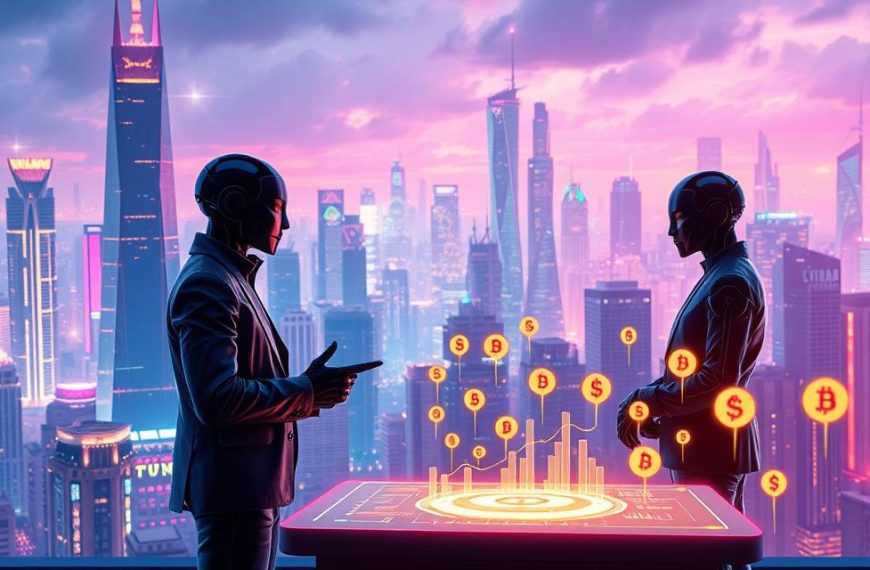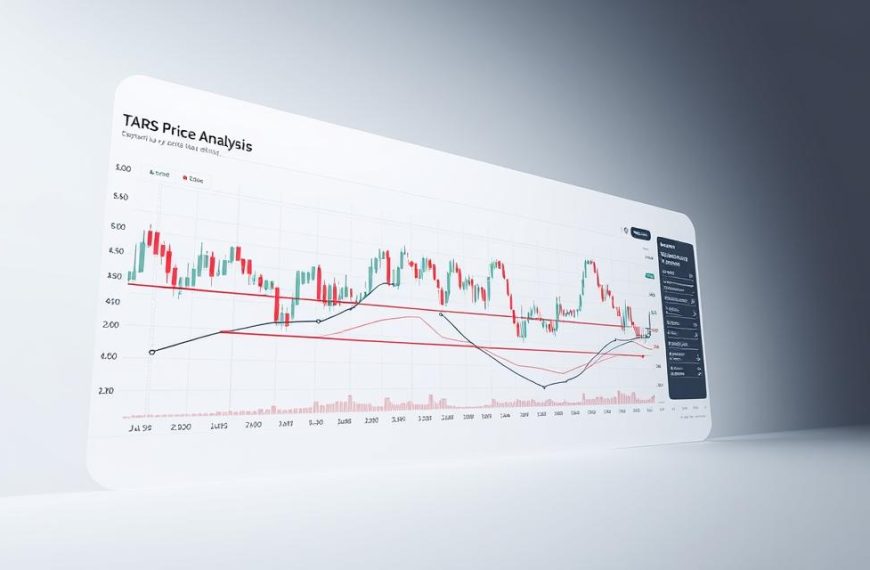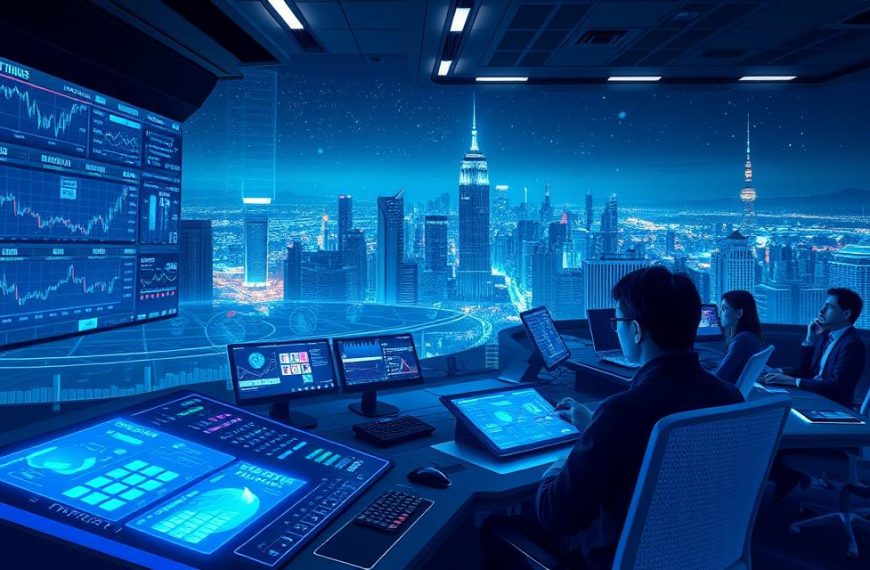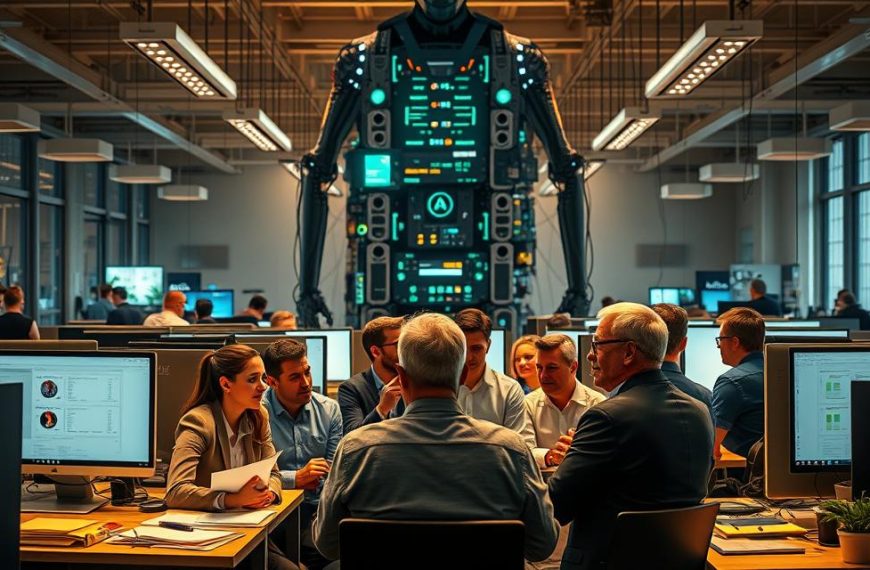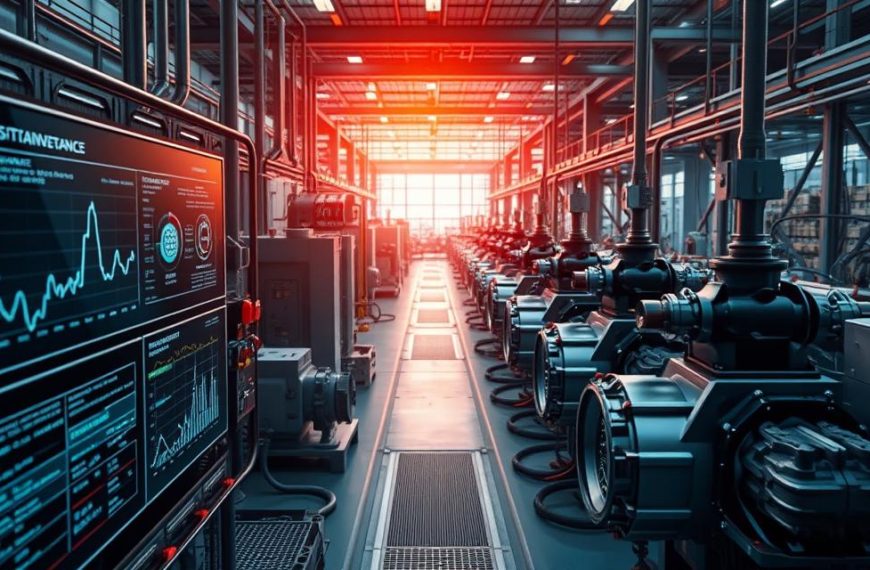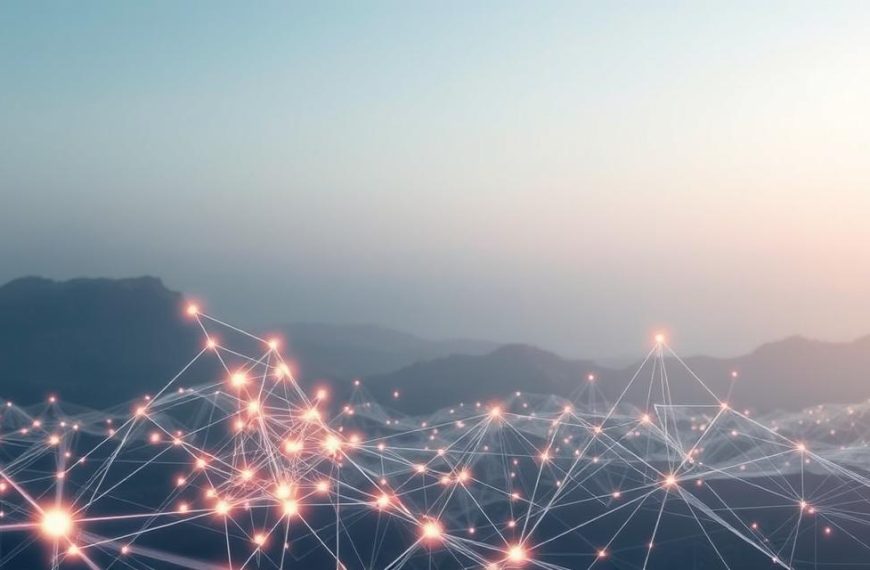Blockchain integration with advanced technologies has birthed one of the most dynamic sectors in digital assets. By mid-2025, AI-focused tokens are projected to command a collective market capitalisation exceeding £19 billion. This explosive growth reflects how machine learning capabilities are reshaping decentralised networks.
Leading projects like Bittensor and Fetch.ai exemplify this fusion. Their protocols enable distributed computing power and autonomous decision-making systems – solutions traditional frameworks struggle to deliver. These tokens don’t just facilitate transactions; they power neural networks and automate complex processes across industries.
What sets these assets apart? Unlike conventional alternatives, they provide verifiable utility. Render Token, for instance, decentralises graphics processing for 3D rendering tasks. Such real-world applications explain why institutional investors increasingly prioritise this niche.
The convergence of blockchain and artificial intelligence creates unique opportunities. From healthcare data analysis to supply chain optimisation, these technologies tackle challenges centralised systems find cumbersome. Their decentralised nature also enhances security and transparency in sensitive operations.
Our analysis evaluates projects based on four pillars: technological innovation, adoption rates, practical use cases, and scalability. This methodology ensures we spotlight tokens with sustainable growth potential rather than speculative hype.
Introduction: The Intersection of AI and Blockchain
Two transformative technologies – artificial intelligence and distributed ledgers – now converge to redefine digital trust. This synergy addresses critical challenges in data security and computational efficiency. Decentralised networks paired with machine learning algorithms create systems where transparency meets adaptability.
Setting the Stage for Innovations
Early blockchain systems focused on financial transactions. Today’s protocols embed decision-making frameworks within smart contracts. These self-executing agreements now analyse data patterns autonomously.
Machine learning upgrades this process. Algorithms trained on-chain can predict market trends or verify transactions without human oversight. Such advancements enable real-time responses to complex scenarios.
Evolution of Complementary Technologies
Both fields emerged from 20th-century academic research. Cryptography laid blockchain’s foundation, while neural networks shaped modern artificial intelligence. Their parallel development accelerated after 2010.
| Aspect | Traditional Systems | AI-Blockchain Solutions |
|---|---|---|
| Data Handling | Centralised storage | Distributed verification |
| Decision Making | Manual oversight | Algorithmic governance |
| Accessibility | Corporate-controlled | Community-driven |
Modern platforms combine these strengths. Federated learning models, for instance, allow collaborative training of algorithms across secure networks. Contributors receive tokens as incentives – a system impossible before blockchain integration.
Crypto coins AI: Exploring Innovative Trends in Digital Assets
Practical applications now drive the evolution of blockchain-based technologies. Projects blending distributed networks with cognitive computing capabilities are redefining value creation, moving beyond speculative trading to tangible problem-solving.
Fundamental Features and Use Cases
Leading tokens employ neural networks to automate resource allocation. Bittensor’s marketplace, for instance, rewards contributors for improving machine learning models. Similarly, Render Token’s network harnesses unused graphics processing units worldwide, slashing rendering costs by 40-60% compared to centralised services.
These systems demonstrate three core advantages:
- Adaptive governance adjusting to user behaviour patterns
- Tokenised incentives for network participation
- Real-time analysis of on-chain data streams
Impact on Decentralised GPU Rendering and Smart Contracts
Distributed computing power addresses two critical bottlenecks: accessibility and cost-efficiency. By pooling resources across geographies, projects achieve scale without corporate infrastructure.
| Approach | Centralised Systems | Decentralised Solutions |
|---|---|---|
| Cost per Render Hour | £12-£18 | £5-£8 |
| Network Latency | High during peak times | Load-balanced globally |
Smart contracts gain new dimensions through algorithmic enhancements. Protocols like NEAR automatically validate data inputs and execute multi-stage agreements. One developer noted: “These self-optimising contracts reduce manual oversight by 80% while maintaining audit trails.”
As these technologies mature, they’re creating entirely new service categories – from AI-generated content marketplaces to cross-chain prediction engines. The fusion of distributed networks and cognitive tools continues to unlock unprecedented possibilities.
The Rising Influence of Artificial Intelligence in Crypto Markets
Advanced algorithms now orchestrate market movements once dominated by human intuition. These systems process terabytes of trading data across decentralised networks, identifying patterns invisible to traditional analysis. One developer remarked: “We’re witnessing markets that self-correct faster than regulators can formulate responses.”
Enhancing Market Efficiency with Machine Learning
Neural networks transform raw blockchain metrics into actionable insights. Platforms like SingularityNET employ predictive models that adjust smart contract parameters in real-time, slashing transaction delays by 30-50%. This responsiveness stabilises prices during volatility spikes.
| Factor | Manual Systems | AI-Optimised Networks |
|---|---|---|
| Order Execution Speed | 2-5 seconds | 0.8 milliseconds |
| Price Prediction Accuracy | 62% | 89% |
Automated agents handle 43% of spot trades on leading exchanges, according to recent metrics. Their lightning-fast arbitrage narrows bid-ask spreads, benefiting retail participants.
Challenges in Implementing AI-Driven Governance
While algorithmic rule-setting boosts efficiency, it raises critical questions. Decentralised networks struggle with:
- Auditing self-modifying code
- Preventing unintended feedback loops
- Balancing automation with community oversight
A governance lead at Ocean Protocol notes: “Our machine learning models suggest parameter changes, but token holders retain veto power.” This hybrid approach mitigates centralisation risks while harnessing computational advantages.
In-Depth Review of Top AI-Powered Crypto Coins
Market dynamics reveal a clear frontrunner cohort reshaping decentralised technologies. These projects combine advanced computational frameworks with robust token economies, offering tangible solutions across industries.
Market Leaders and Their Ecosystems
Virtuals Protocol dominates agent tokenisation, boasting a £1.6-1.8 billion valuation. Its platform hosts 21,000+ specialised agents, including AIXBT and VADER, which automate financial modelling and logistics. Bittensor’s £2.9 billion ecosystem connects 120 subnetworks for collaborative machine learning.
Comparative Analysis and Performance Metrics
| Project | Price (July 2025) | 30-Day Change | Key Strength |
|---|---|---|---|
| NEAR Protocol | £2.68 | +45% | Data validation tools |
| Render Token | £6.91 | +19% | GPU rendering network |
| Fetch.ai | £1.24 | +32% | Autonomous agents |
The Artificial Superintelligence Alliance, merging Fetch.ai with other platforms, targets £6 billion valuation. Its focus spans supply chain optimisation and predictive analytics.
Real-World Applications and Use Cases
NEAR Protocol’s Tasks module provides human-verified datasets for training autonomous systems. Render Token slashes rendering costs by 60% versus centralised alternatives. As one analyst notes: “These networks create value beyond speculation – they’re infrastructure builders.”
For those exploring the best crypto investments, these projects demonstrate how tokenised incentives and distributed computation drive sustainable growth.
New and Emerging AI Crypto Projects
A new generation of platforms is redefining how distributed systems tackle complex computational tasks. These initiatives focus on building infrastructure that supports scalable machine learning while maintaining decentralised principles. Their solutions address real-world challenges – from optimising resource allocation to securing sensitive datasets.
Innovations in Decentralised AI Infrastructure
NEAR Protocol and Internet Computer lead this frontier with novel approaches. NEAR’s sharding technology enables faster model training across distributed networks, while Internet Computer hosts tamper-proof algorithms for financial services. Both demonstrate how tokens incentivise participation in governance and resource-sharing.
Decentralised GPU rendering sees breakthroughs through peer-to-peer networks. Startups now match underused processing power with demanding applications like 3D animation, cutting costs by 50-70%. One developer noted: “Our agents automatically allocate resources based on real-time demand patterns.”
These projects prioritise practical use cases over speculation. From healthcare data analysis to supply chain automation, they prove distributed systems can deliver enterprise-grade services. As infrastructure matures, expect more industries to adopt these hybrid solutions.

